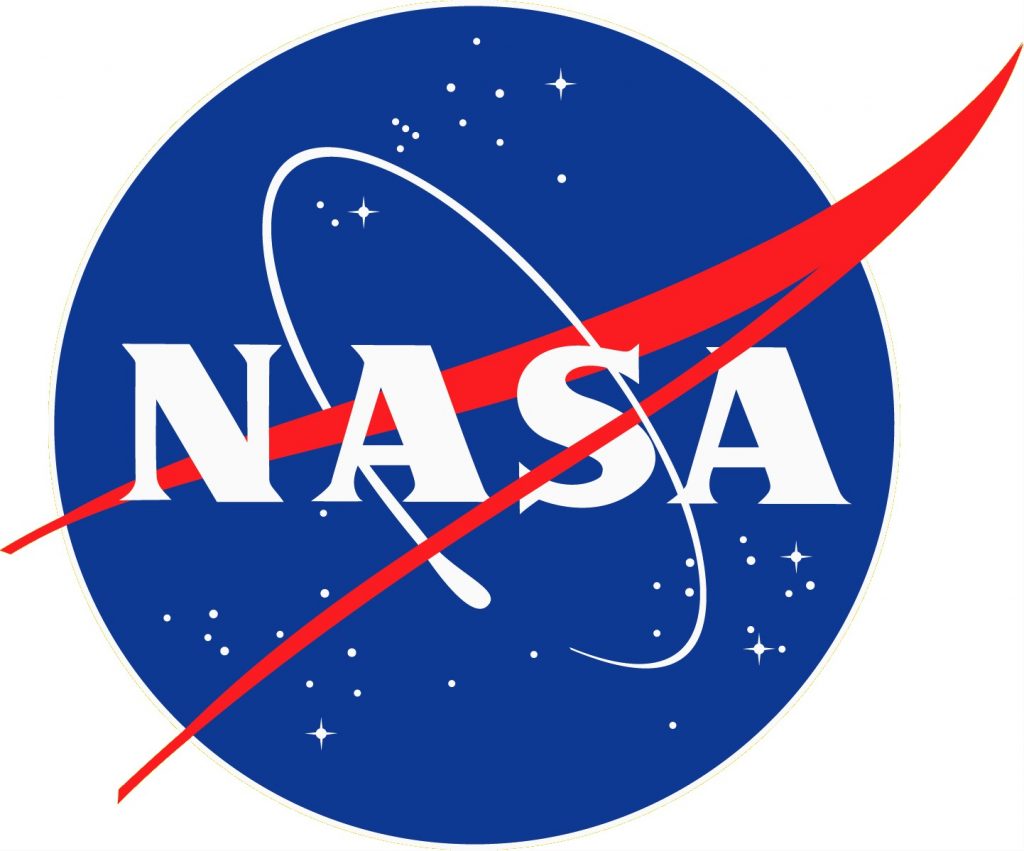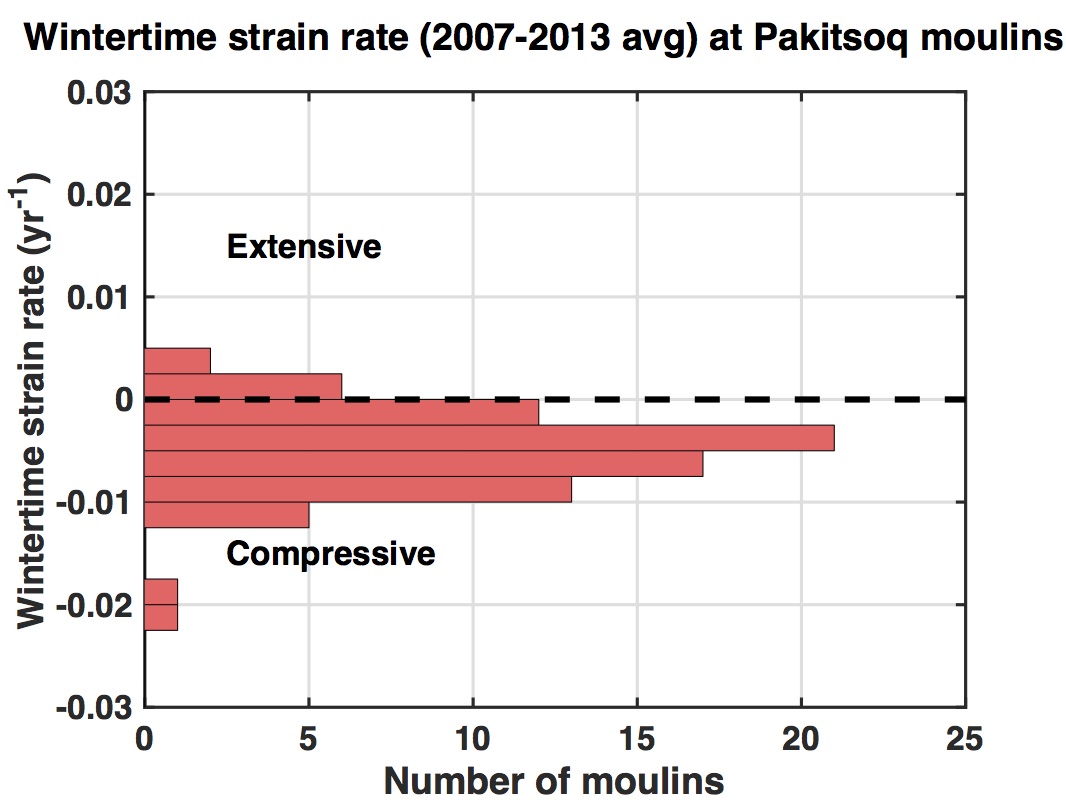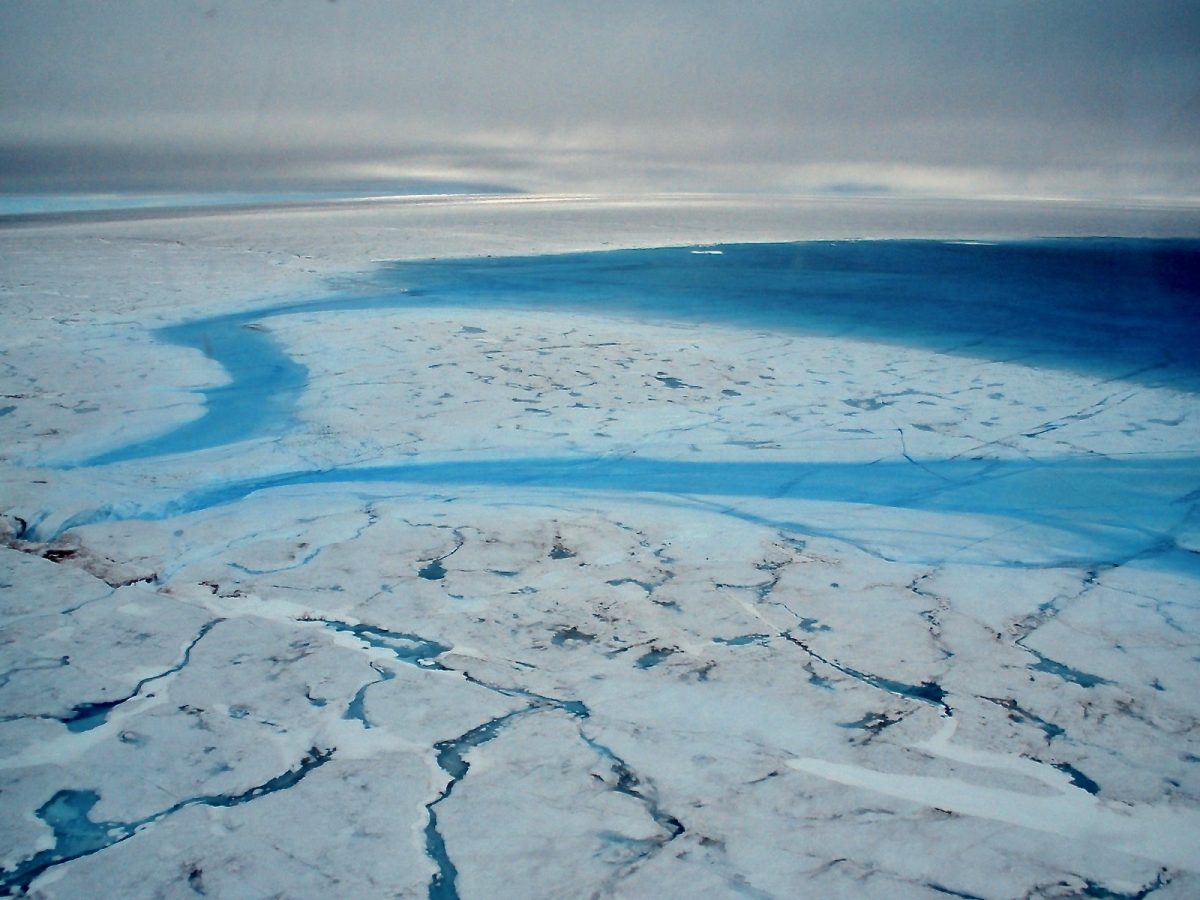
Moulins are vertically oriented shafts that that carry surface meltwater to the base of an ice sheet, where it joins the subglacial hydrologic system and speeds or slows ice flow. Thus, constraining the mechanisms controlling moulin formation and longevity are crucial to understanding the future evolution of the Greenland Ice Sheet, where surface melt extent and intensity are projected to increase. To date, global climate models (GCMs) generally port surface melt directly to the ocean, bypassing its transport through moulins to the ice-sheet bed. Because moulins switch water from flowing across the ice-sheet surface to flowing along the ice-sheet bed, their inclusion in the next generation of GCMs and ice-sheet models is an important research frontier.

The spatial distribution of moulins, their dates of activation and closure, and the quantity of water they carry to the bed are required inputs for realistic subglacial hydrology models that are currently unavailable at the ice-sheet scale. This project identifies the processes controlling the spatial and temporal patterns of moulin initiation, development, and longevity, and apply this to begin to develop parameterizations for moulins into ice sheet models that predict the ice dynamic response to surface melt. The location, timing, and volume of surface meltwater brought to the bed directly determine the seasonal development of the subglacial hydrologic system and, consequently, seasonal variations in the dynamic component of ice-sheet mass balance.
Previous work has focused on identifying moulins in specific regions tractable to manual or semi- automated remote sensing analyses, without exploring the underlying formation mechanisms. This work leverages spatially continuous datasets, via new physically based models, to understand the factors controlling moulin locations.

This project combines process-scale modeling and remote-sensing techniques to develop a stochastic model for the spatial distribution and temporal evolution of moulins in western Greenland. The work expands an existing physical model for a water-filled crevasse into a more complete physical model for moulin initiation and evolution across multiple timescales (minutes to decades), including reactivation in subsequent years. Next, an analytic model for the transmittance of basal perturbations to the ice-sheet surface is coupled to the moulin model in an effort to capture the observed “cascading” nature of many moulin activation events. The models are informed by and validated with remote-sensing data products, including ArcticDEM, Landsat, and MEaSUREs and GoLIVE velocities. Finally, the results will be synthesized into a stochastic model that will constrain the spatial density and activation dates of moulins in current and future climates. The stochastic model will be developed for use in ISMs with subglacial hydrologic routines as well as in GCMs to improve their surface melt – runoff schemes.

This work is underway as part of NASA Cryosphere grant #80NSSC19K0054 in partnership with Dr. Lauren C. Andrews of NASA Goddard Space Flight Center. More information about our project is available here.
I’m always looking to add motivated students to my research group. I am particularly interested in working with students from minoritized backgrounds. If you’re interested in researching this topic, drop me a note and we’ll explore a research fit! Please include in your inquiry email your background, scientific interests, and research skill set or any research experience.
🧊
You can apply for a graduate research position at http://arts-sciences.buffalo.edu/geology/apply.html . UB Geology does NOT require the Graduate Record Examination (GRE) for admission to the graduate program.
